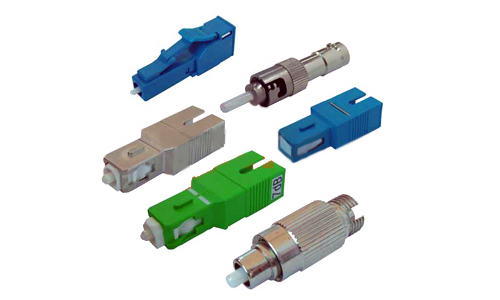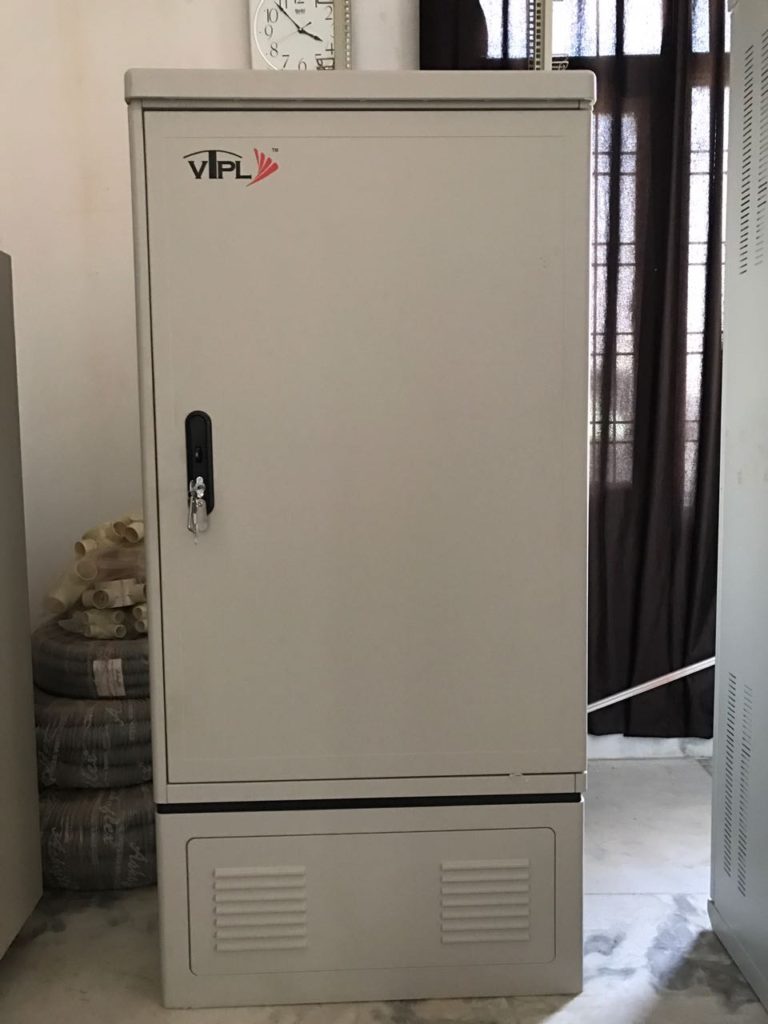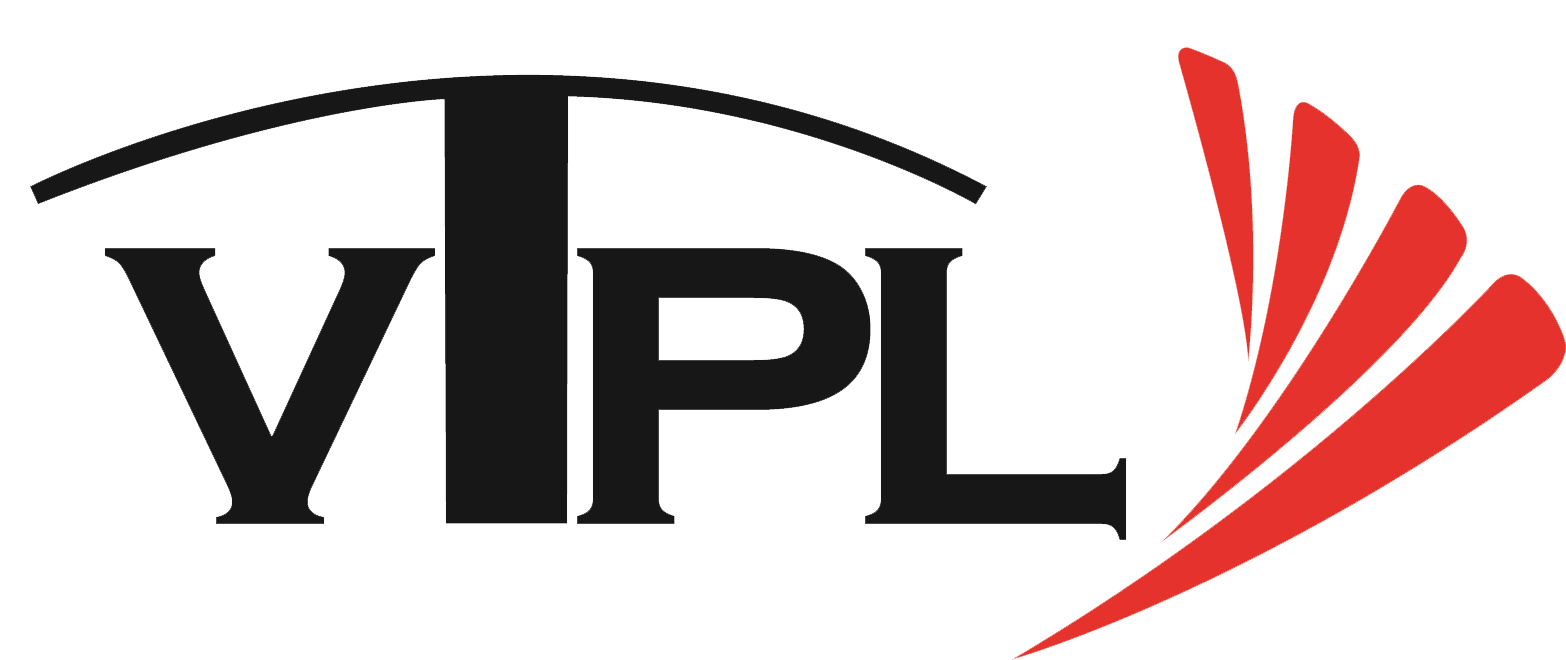An optical distribution frame (ODF) is a frame used to provide cable interconnections between communication facilities, which can integrate fiber splicing, fiber termination, fiber optic adapters & connectors and cable connections together in a single unit. It can also work as a protective device to protect fiber optic connections from damage. The basic functions of ODFs provided by today’s vendors are almost the same. However, they come into different shapes and specifications. To choose the right ODF is not an easy thing.
- Home
- About Us
- Supply
- Services
- FTTH Project Rollout
- FTTB Project Rollout
- HDD and Splicing of Optical Fiber
- Home Connect Services
- Site Development and Infrastructure
- I&FR (Last Mile Connectivity)
- Installation of RBS, Microwave,Battery Bank etc
- Building wiring
- CCTV installation and Services
- Operation and Maintenance Services for Customer
- Wireless Technology
- Server and Control Room (Data Center)
- Clients
- Contact Us
- sales@virentelecom.com
- Plot No 4, Sector 64, Medawas Road, Near Shanidev Mandir, Gurgaon - 122005
ODF – Optical Distribution Frame

I am test text block. Click edit button to change this text.
About ODF – Optical Distribution Frame
According to the structure, ODFs can mainly be divided into three types, namely wall mount ODF, floor mount ODF and rack mount ODF.

I am test text block. Click edit button to change this text.
Wall mount ODF usually uses a design like a small box which can be installed on the wall and is suitable for fiber distribution with small counts.

I am test text block. Click edit button to change this text.
Rack mount ODF is usually modularity in design with firm structure. It can be installed on the rack with more flexibility according to the fiber optic cable counts and specifications. This kind of optical distribution system is more convenient and can provide more possibilities to the future variations. Most of the rack mount ODF is 19”, which ensures that they can be perfectly installed on to the commonly used standard transmission rack.

I am test text block. Click edit button to change this text.
Floor mount ODF adopts closed structure. It is usually designed with relatively fixed fiber capacity and nice appearance.
ODF Selection Guide of the ODF is not limited to the structure, many factors like applications should be considered. Some of the most important are introduced as following.
Fiber Counts: with the number of fiber connections in places like data center increase, the need for high density ODF become the trend. And it is very common to find ODF with 24 ports, 48 ports or even 144 ports for fiber optic cables in the market now. Meanwhile, many vendors can provide the customized ODFs according to the customers’ requirement.
Manageability: High-density is the good but management is not easy. ODF should provide an easy management environment for technicians. The basic requirement is ODF should allow for easy access to the connectors on the front and rear of those ports for insertion and removal. This requires that ODF should reserve enough space. In addition, the color of adapters installed on the ODF should be remain consistent with the color code of fiber optic connectors to avoid wrong connections.
Flexibility: as mentioned rack mount ODF is relatively flexible during applications with the modular design. However, anther aspect which can increase the ODF’s flexibility effectively is the port size for adapters on the ODF. For example, an ODF with ports of duplex LC adapter size can be installed with duplex LC, SC or MRTJ adapters. An ODF with ports of ST adapter size can be installed with both ST adapters and FC adapters.
Protection: optical distribution frames integrate fiber connections in it. The fiber connections like splicing joint, fiber optic connectors are actually really sensitive in the whole transmission network and is directly related to the stability and reliability of the network. Thus, a good ODF should have protection device to prevent fiber optic connections from damages produced by dust or stress.
Conclusion
The ODF is the most popular and comprehensive fiber optic distribution frame which can reduce the cost and increase the reliability and flexibility of fiber optic network during both deployment and maintenance. The high density ODF is the trend in telecommunication industry. Selecting an ODF is important and complex which requires full consideration including applications and management. The factors like structure, fiber counts and protection are just the basic elements. The ODF which can meet the current requirements and the challenge of future growing and easing of expansion without sacrificing cable management or density can only be selected with repeated comparison and full consideration.
